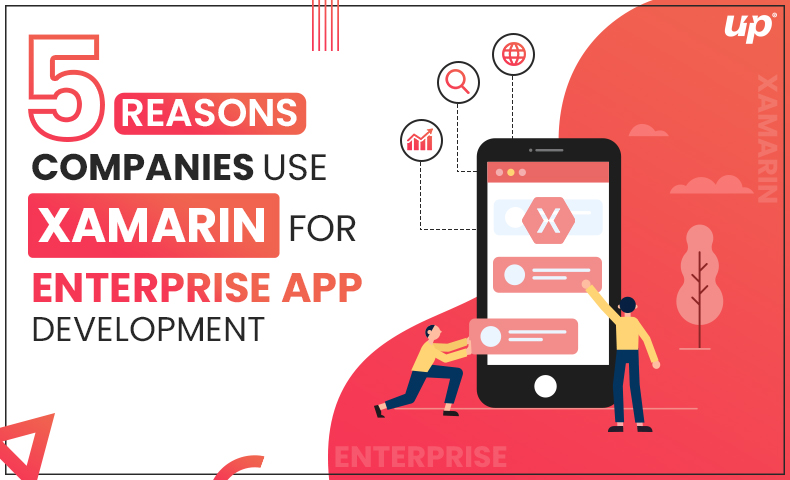STAGES OF STARTUP DEVELOPMENT OR SEVEN PILLARS OF SUCCESS
Being
an entrepreneur is not an easy task, you take a lot of risks on your back.
Risks are unpredictable in nature and no matter how much you prepare for it,
there will come a moment when you realize- “the higher the risk, the higher the
profit”. Most of the start-ups' organizations fail because they are not able to
handle the risk and all their efforts establishing their enterprise go in vain.
It is
very necessary to have a clear picture of where your organization is heading.
You need to be acquainted with the drift of the stages in a start-up; like what
is the accurate period to raise the funds and more.
A
START-UP can go into many phases but the question arises- what is actually a
start-up?
Well,
for the additional information, a start-up is a company founded by an entrepreneur that provide their services or product to meet the market demands.
A start-up may be funded by founders, families or outside investors and no one
wants to lose their hard-earned money.
The
main stages of startup development or seven pillars of success include:
1) Idea
stage
What a the cornerstone of every business is the idea. An idea can be a new &
innovative or can be a furbished idea of old business. An idea for a business
can hit you at any time- during a brainstorming session or just a hit randomly.
You have to be real-cautious here as the money involved in your savings. By
bootstrapping, you can sustain a company and make a business plan which is as
better as a business model at the early stage.
2) Near
and dear one's stage
Not
only the idea is enough to carry your organization to heights, but your funds
will also eventually dry out and then who will help you are your near and dear
ones. Considered as an important stage, your connections will help you attract
more investment. In this stage, the founder focuses to bring their product to
market with the help of outside support. With the right business plan in hand,
you can now focus on developing the market capturing prototype of the product
such as a demonstration video.
3) Pre-seed
start-up stage
The
time has come where you really want to find out the needs of the market i.e.
market validation. You get the answers to
the questions and you validate the product.
· Is
the product that your customers really want?
· If
no, then what could be done to meet their demands?
To get
all the answers, you need to build an MVP i.e. minimum viable product, it is a
proven method to validate an idea. MVP provides the necessary features needed
and is a presentation of the product.
4) Seed
start-up stage
The
name of this phase clearly justifies its role in the start-up culture. The
stage assumes that your product is running up in the market making a revenue
regularly while acquiring new customers. In order to grow at a higher pace,
become larger and become a brand in the market you need to set yourself for the
seed start-up stage. The seed-stage collaborates with investment firms rather
than individual investors. In exchange for funding the organization, they get
some share of your company’s equity.
5) Early
start-up stage
Considered
as important milestones, you need to provide investors a proof that your
business is running smoothly and have a flow of revenue, clients, and pursue an
intact business strategy.
Early-stage
start-ups can lean on the help of investors to reach a new height, satisfy
market demand and make new markets.
6) Growth
stage
At this
stage, start-ups are now termed as organizations and they wallow in the glory
of the success. Most of the entrepreneurs focus on new methods to secure the
next fund. Banks provide some nice benefits such as loaning money at lower
interest rates.
This is
the stage where everything is in motion and you prepare yourself for the
future.
7) Exit
stage
This
stage assumes that your organization has offices across the country and you are
established globally too. Now, the product you provide is a brand and holds a
strong market. when everything is done, it is now time for the initial public
offering aka IPO.
IPO is
the first time when a start-up makes its corporate shares and make them
purchasable to the public. This stage is the exit or the last stage that allows
organizations to raise funds from public investors. It helps to plan your
organization’s services for the long term and boost the organization's
prestige. This stage may involve high profile partners and clients. you can
always go for this option as per your favorable terms.
Conclusion:
Now,
you are aware of the seven pillars of successful startup or stages of start-up
development. all start-ups may not lead or follow the same steps, it can vary
from product to product or service to service. Each startup might have its own
way or web development. The major key factor for a Start-up to be a well- established
organization is the funding, so gain more funding as much as you possibly can.



The Startup need to grow from different phases and there are many
ReplyDeleteMobile App Development Companies helping entrepreneurs by providing best of the on-demand services.